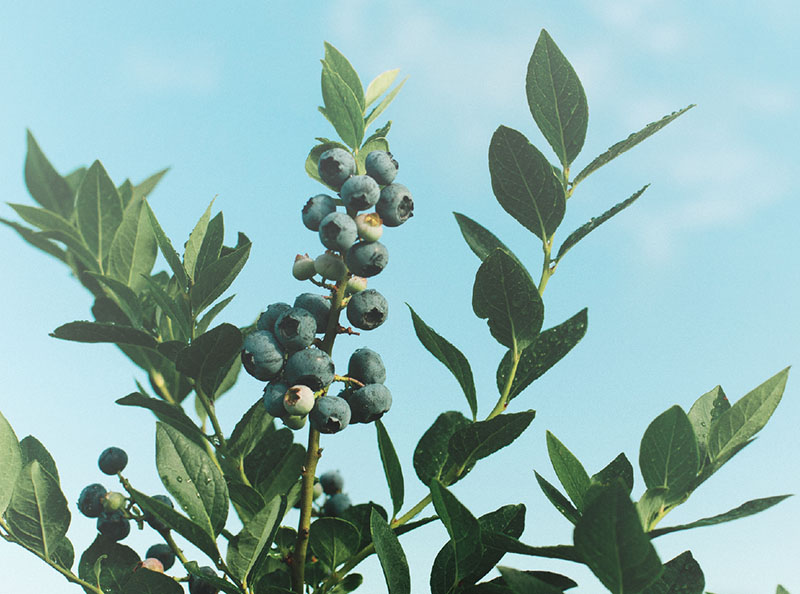
By Ryan Atwood
To be a farmer is to be an optimist. Farmers work long hours, deal with weather events, labor issues, trade issues and global pandemics that are beyond their control. The 2020 Florida blueberry harvest season was a tough one due to increased imports and the coronavirus pandemic. The government did provide some assistance to farmers through the Coronavirus Food Assistance Program, which will help them continue forward into the coming 2021 season.
WINTER WEATHER
Florida blueberry growers have hedged and regrown their bushes for the year. Fall season into winter is a time for flower bud development, which gives the first indication of the crop to come. It is too early to tell what size crop Florida will produce. The Florida industry has been pretty stable in production numbers (~20 million pounds) the last few years due to some decent amount of cooler weather in the late fall and early winter.
During the last warm (no chill) winter, the state struggled to produced 15 million pounds. This winter, climate forecasters are calling for a La Niña weather cycle. La Niña events are predicted to produce warmer temperatures and less rainfall than on average. The Florida blueberry industry has been moving to more evergreen production, which warmer weather tends to favor in terms of crop timing. A warmer winter most likely will not have quite the negative effect on statewide volumes like it has in the past.
November tends to be the slowest month in blueberry production. Most growers take a vacation, work on getting their overhead irrigation ready for cold protection and replant new or existing ground. Things start to ramp back up in December as plant growth regulators are typically applied to stimulate the plants into flowering in January.
In January and February, growers battle cold weather events during pollination. This leads to the setting of their berries that will be harvested in the spring. The spring brings hope of good yields with excellent quality.
MEXICAN COMPETITION
The unknown challenge this spring will be the ever-increasing Mexican blueberry volume during the Florida harvest window.
Mexican blueberry production has increased dramatically over the last decade. This has led to reduced prices and returns to Florida growers. Many Florida blueberry farms have thrown in the towel the past several years. Others have turned from commercial to u-pick operations.
The American public is growing more aware of the increase in foreign food supply. As U.S. consumers become more aware of this, the #DemandAmericanGrown campaign will continue to gain traction. We as agricultural producers need to continue (or start if you have not already begun) to educate our fellow Americans on the importance of American agriculture.
What happens if our country were to become dependent on a foreign supply for food? We would be at the mercy of those who produce that food. This seems absurd to many Americans, as food is relatively abundant for most of our population. However, one only needs to look at socialist countries such as Cuba, Venezuela and others to see the effects of a short food supply.
America was built on its great agricultural history. If we want to continue to be a great country, we need to be committed to local agriculture. It is a matter of national security.
Ryan Atwood is co-owner of H&A Farms in Mt. Dora, Florida









